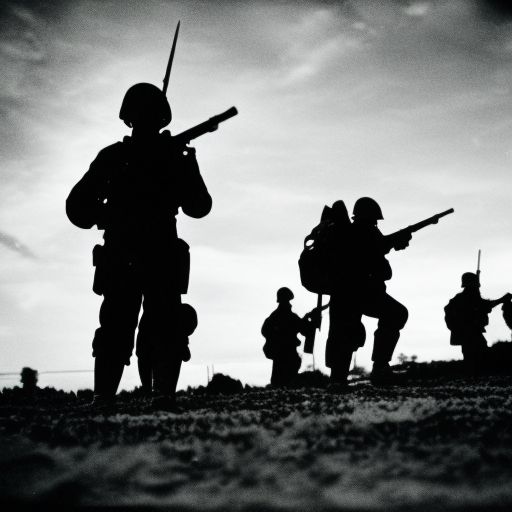Battle of Cassel: A Decisive Clash in the Hundred Years’ War
The Battle of Cassel was a significant military engagement that took place on April 23, 1328, during the Hundred Years’ War between the Kingdom of France and the County of Flanders. The battle occurred near the town of Cassel in present-day northern France. It was a pivotal moment in the conflict, as it marked a turning point in the balance of power between the French monarchy and the Flemish rebels.
Background:
The Hundred Years’ War was a protracted conflict that lasted from 1337 to 1453, primarily between England and France. However, during the early stages of the war, the French monarchy faced internal challenges as well. The County of Flanders, a prosperous region in northern Europe, had long been a valuable territory for the French crown. However, the Flemish people resented French rule and sought greater autonomy.
The Flemish Rebellion:
In 1323, the Flemish people revolted against French authority, led by their charismatic leader, Jacob van Artevelde. The Flemish rebels sought to establish an independent state and forge alliances with other European powers, including England. The French monarchy, under King Charles IV, was determined to quell the rebellion and maintain control over Flanders.
The French Invasion:
In 1328, King Charles IV launched a military campaign to crush the Flemish rebellion. The French forces, led by Robert III of Artois, marched into Flanders, aiming to bring the region back under French control. The Flemish rebels, outnumbered and lacking professional soldiers, relied on their determination and guerrilla tactics to resist the French invasion.
The Battle:
On April 23, 1328, the French and Flemish forces clashed near the town of Cassel. The Flemish rebels, under the leadership of Jacob van Artevelde, adopted a defensive strategy, utilizing the natural advantages of the hilly terrain. The French, confident in their superior numbers and training, launched a frontal assault on the Flemish positions.
The battle was fierce and bloody, with both sides sustaining heavy casualties. The Flemish rebels fought with great determination, using their knowledge of the terrain to their advantage. They repelled several French charges and inflicted significant losses on the enemy. The French, however, continued to press forward, relying on their superior discipline and weaponry.
The Turning Point:
As the battle raged on, a crucial turning point occurred when the French commander, Robert III of Artois, was killed in action. This event had a demoralizing effect on the French troops, who began to waver in their resolve. Sensing the opportunity, Jacob van Artevelde rallied his forces and launched a counterattack. The Flemish rebels, inspired by their leader’s bravery, pushed the French back and eventually routed them from the battlefield.
Aftermath:
The Battle of Cassel was a resounding victory for the Flemish rebels. The French invasion was repelled, and Flanders remained outside of direct French control. The battle also elevated Jacob van Artevelde’s status as a national hero and a symbol of Flemish resistance. However, the conflict between France and Flanders continued, and the Hundred Years’ War would later engulf the region in further violence and turmoil.
In conclusion, the Battle of Cassel was a decisive clash in the Hundred Years’ War, marking a significant victory for the Flemish rebels against the French monarchy. The battle demonstrated the resilience and determination of the Flemish people in their struggle for independence. Despite the ongoing conflict, the Battle of Cassel remains a notable event in the history of the Hundred Years’ War and the fight for regional autonomy.












